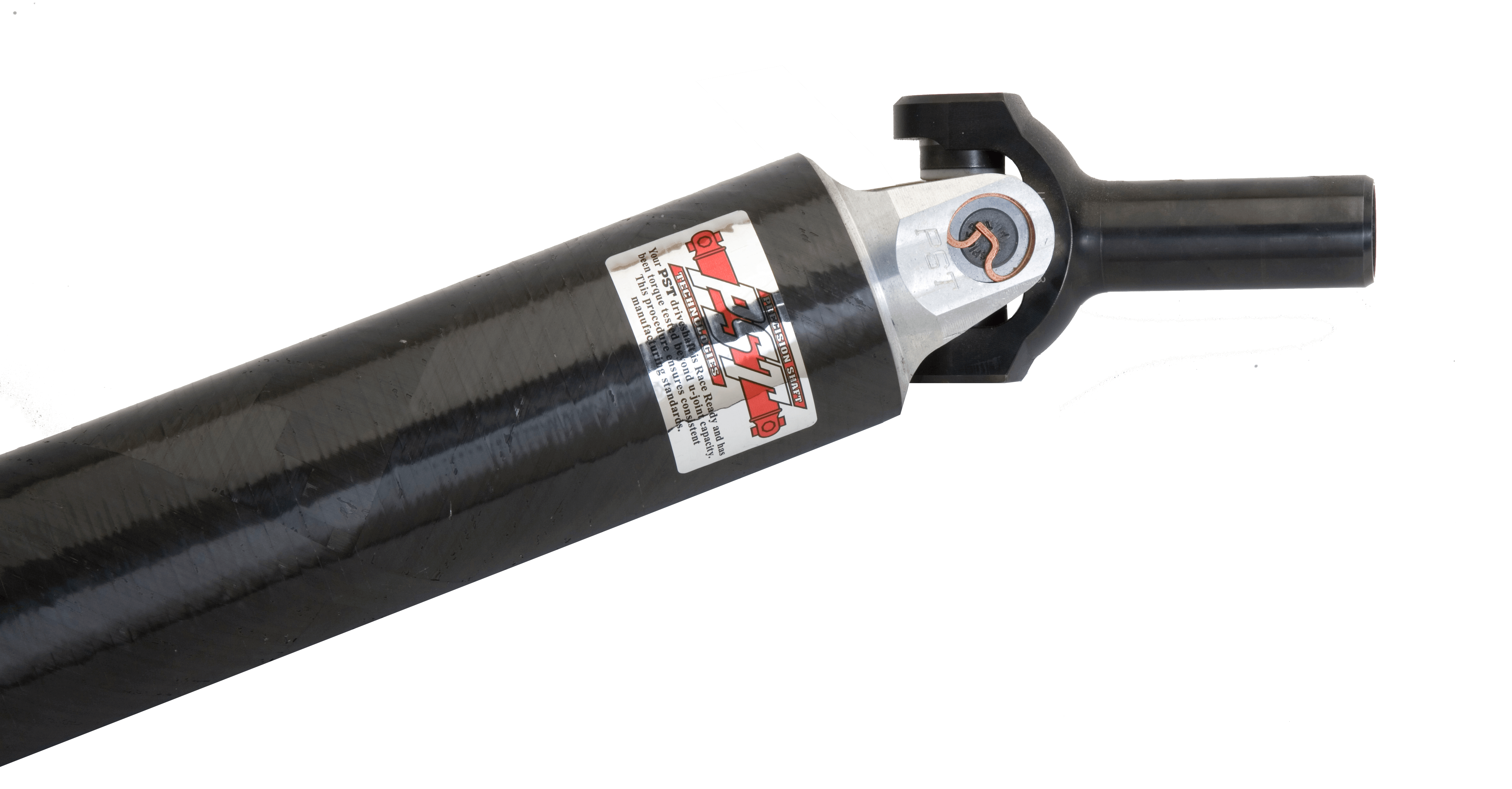These shafts are increasingly being used in the automotive, marine, commercial, defense, and industrial industries. They are often used in highly specialized and demanding fields. Because of their unique combination of capabilities, they include:
- Higher RPM
- Higher reliability
- Safety – Increased
1. Higher RPM
Driveline vibration can cause a reduction in RPM. Metal drive shafts can experience harmonic whip in racing situations, which limits usable RPM and forces them to operate the engine at a lower rev limit. The carbon fiber driveshaft allowed for a 1000 RPM increase in engine speed, allowing the engine to operate at its' peak power. Many motorsports racers have been using carbon fiber driveshafts since 1987 to increase their engine speed and tune their engines.

Image Source: Google
2. Higher Reliability
When torque is applied, all drive shafts will twist to some extent. The torsional spring rate is the measure of resistance to twisting. The torsional spring rate of carbon fiber (composite), driveshafts is about half the steel's and a little less than that of aluminum.
All metal shafts will eventually twist slightly from the constant twist caused by torque. The shaft ends can become out of phase over time and vibrations begin to wear down components. Carbon fiber driveshafts on the other side have an almost perfect elastic memory. Therefore, they cannot be permanently twisted.
3. Increased safety
Carbon fiber driveshafts can be broken by a strong blow from the side. They are designed for torque transfer and strength. When a u-joint fails or yoke breaks, carbon fiber composites begin to disintegrate as it touches the chassis. The shaft will become a collection of loose carbon fibers as the composite breaks down, instead of tearing apart the vehicle and driver.